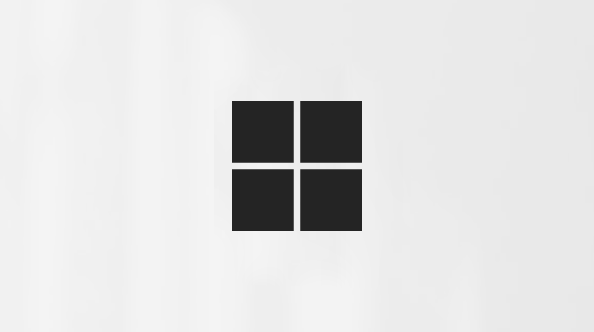The following table provides information and tips for entering basic IMAP settings in the Outlook Accounts preferences dialog box.
|
Option |
Description |
|
Account description |
You can label your Outlook account with any name you choose . |
|
Full name |
This is how your name appears in the From field of e-mail messages you send. |
|
E-mail address |
You must type your complete e-mail address, such as someone@example.com. |
|
User name |
Depending on your e-mail provider, this is usually either your full e-mail address or the part of your e-mail address before the "@" symbol. |
|
Password |
This is the password for your account. Usually this password is case-sensitive. |
|
Incoming server |
The incoming mail server for an IMAP account may also be called the IMAP server. For example, if your e-mail provider is example.com, the incoming mail server is likely imap.example.com. |
|
Override default port |
To be able to edit the port number that follows the server address, select this check box. |
|
Use SSL to connect (recommended) |
Secure Sockets Layer (SSL) is an encryption technology that helps improve the security of your account. |
|
Outgoing server |
This server sends your messages. It may also be called the SMTP server. For example, if your e-mail provider is example.com, the outgoing mail server is likely smtp.example.com. |
|
Override default port |
To be able to edit the port number that follows the server address, select this check box. |
|
Use SSL to connect (recommended) |
Secure Sockets Layer (SSL) is an encryption technology that helps improve the security of your account. |
|
More Options |
Click the More Options button to enter authentication for the outgoing server or to set an unqualified domain. |
If you click the More Options button, the following settings are available:
|
Option |
Description |
|
Authentication |
If your account requires separate authentication for the outgoing mail server, select User Name and Password. |
|
User name |
If you have selected User Name and Password for authentication, enter your user name for the outgoing mail server. |
|
Password |
If you have selected User Name and Password for authentication, enter your password for the outgoing mail server. |
|
Unqualified domain |
Enter the domain you want to be attached to any recipients for which you do not specify a domain. For example, if you enter example.com in the Unqualified domain box, and then you address an e-mail message to someone, Outlook sends the message to someone@example.com. |










